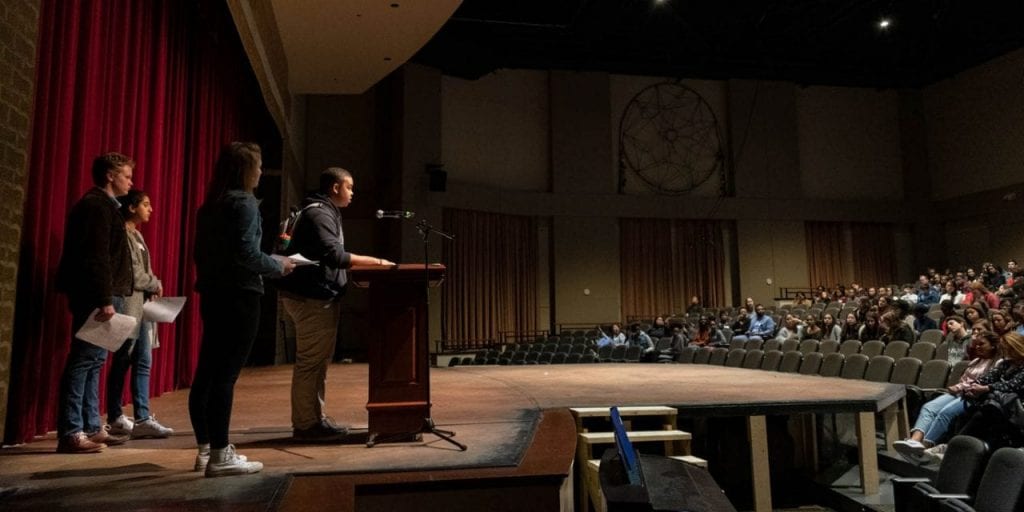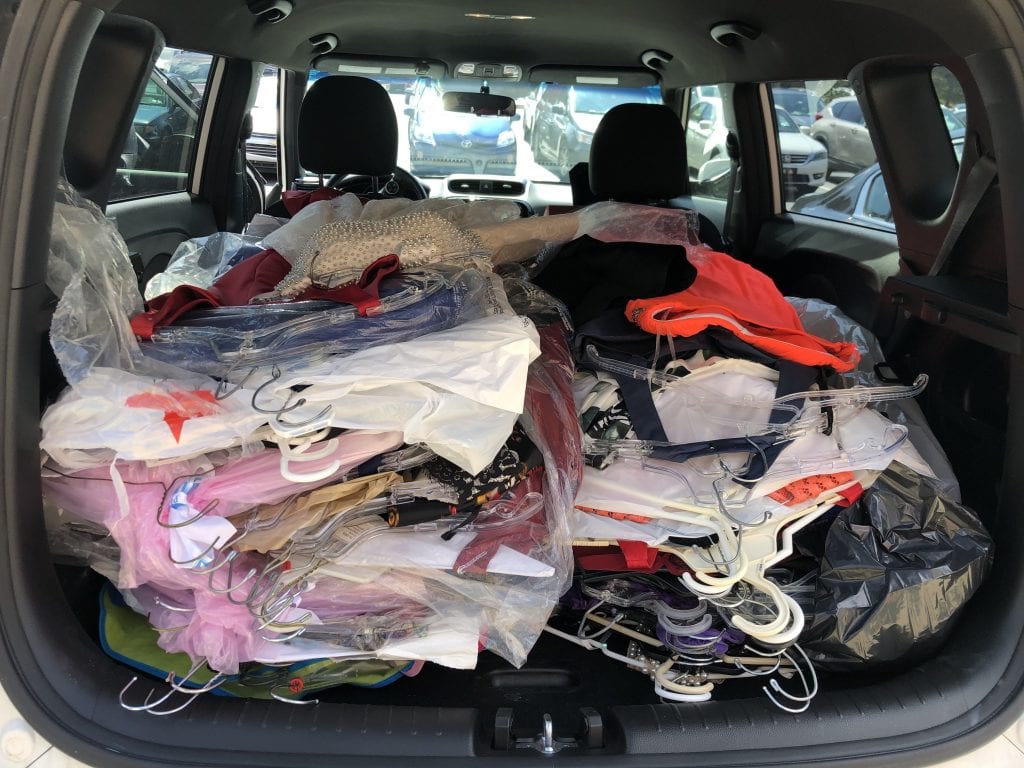Impactful service learning is a cornerstone of the Cary Academy experience. Addressing childhood hunger has long been an aim of sixth grade service learning.
For years, the sixth–grade team has partnered with Interfaith Food Shuttle and Reedy Creek Elementary School for the Backpack Buddies program, which provides weekend food bags for students whose families are food insecure. Despite a strong effort and the best of intentions, however, as a community, we’ve never come close to collecting enough food to meet Reedy Creek’s needs.
This year the sixth grade is determined to increase their impact. They’ve set their eyes on an ambitious new goal.
16,800.
That is the number of items our community needs to collect to fulfill our commitment to helping address food insecurity at our partner school Reedy Creek Elementary.
That’s 16,800 items that our 6th graders will need to solicit, collect, manage, and pack into 1,080 weekend food bags. That’s 30 bags a week for the remainder of the school year!
So, how do we get there?
It all starts with making the experience personal and relevant to our sixth-graders.
To that end, to kick-off the project, Amber Simmons from the Interfaith Food Shuttle shared a dynamic presentation about food insecurity and the impact of the Backpack Buddies program. Through various activities, sixth–grade teachers continued to educate students on the breadth of local hunger. Students learned that one in five children in North Carolina face food insecurity. During the second week of school, students took an experiential learning field trip to visualize the proximity of Reedy Creek Elementary (only 1.1 miles away from Cary Academy) and to shop for the contents of one Backpack Buddies bag in local grocery stores. As we shopped, students discussed the nutritional value of different food choices, compared prices, and debated what the “best” snacks would be to send home with our neighbors. Already, the Backpack Buddies project has exemplified the benefits of learning through service by encouraging students to use a multi-disciplinary lens to study a real-world issue impacting many of our neighbors. Through this process, students are organically prompted to reflect on their place in the community and learn how to be socially responsible citizens.
After a deep (and personal) dive into understanding the issue at hand, as is the CA way, the sixth-grade team and Service Learning Director put the students squarely in the driver’s seat. Given ownership over the project, they were tasked with revitalization of the food drive, including the development, marketing, and implementation of food collection and spearheading a larger community-education campaign to inspire giving.
Over the first few weeks of school, sixth-graders have been hard at work, collaborating in teams to design and pitch competing plans for educating our community, advertising the Backpack Buddies program needs, and motivating the community to action, while also thinking about the physical logistics of collecting and organizing the actual donations.
A true community-effort, Cary Academy faculty and staff were invited to serve as guest experts and mentors, helping to guide students as they created their pitches for implementing a creative and effective food drive. And, on only their third week as sixth graders, twenty-five groups of four students each showcased their learning and innovation in their final pitch presentations. A panel of judges found it too difficult to decide on one pitch to implement; instead, components from every group’s plan will be utilized in the food drives throughout the year.
This makes everyone winners—Cary Academy students learned what personal, relevant, and flexible learning looks like by practicing the personal success skills of curiosity, collaboration, communication, responsibility, and reflection. At the same time, our whole community benefits: CA students learn about a pertinent local issue, two local schools strengthen a partnership, and families face a little less insecurity about their next meal.
The first Backpack Buddies Food Drive will be Monday, September 16 through Friday, September 20th. Specific food items needed are listed below.
You can help our sixth graders achieve their goal!
Contributions can be dropped off at the Middle School between 7:30 am and 4:00 pm. Pop-top cans are ideal. Please be sure food is not past the expiration date.
- Individual shelf stable milk
- Canned meat or beans
- Canned vegetables
- Canned fruit
- Breakfast items (such as individual oatmeal and cereal)
- Snacks (healthy but tasty)
- Noodles (such as Easy Mac and Ramen)
- 100% Juice boxes
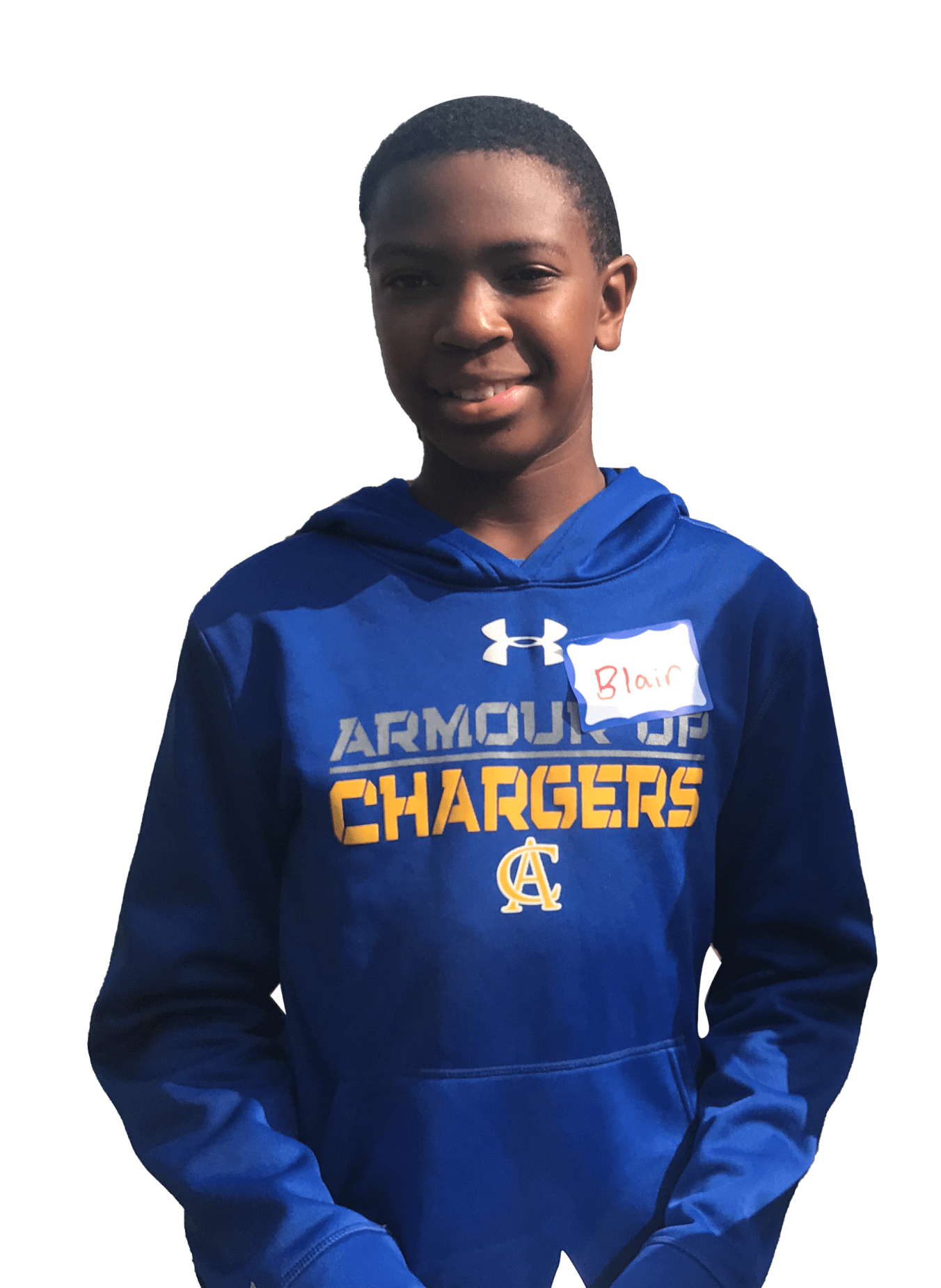
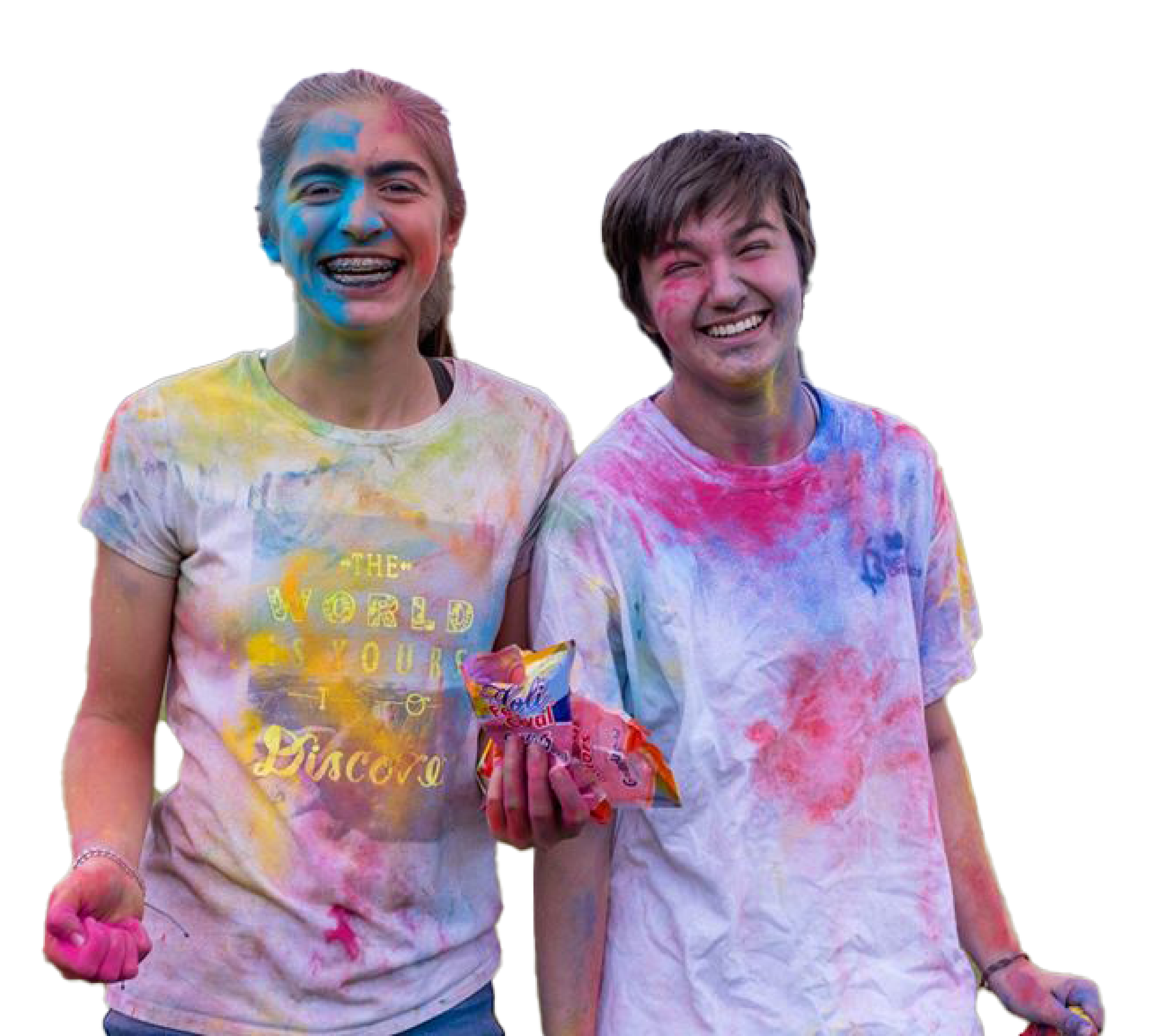

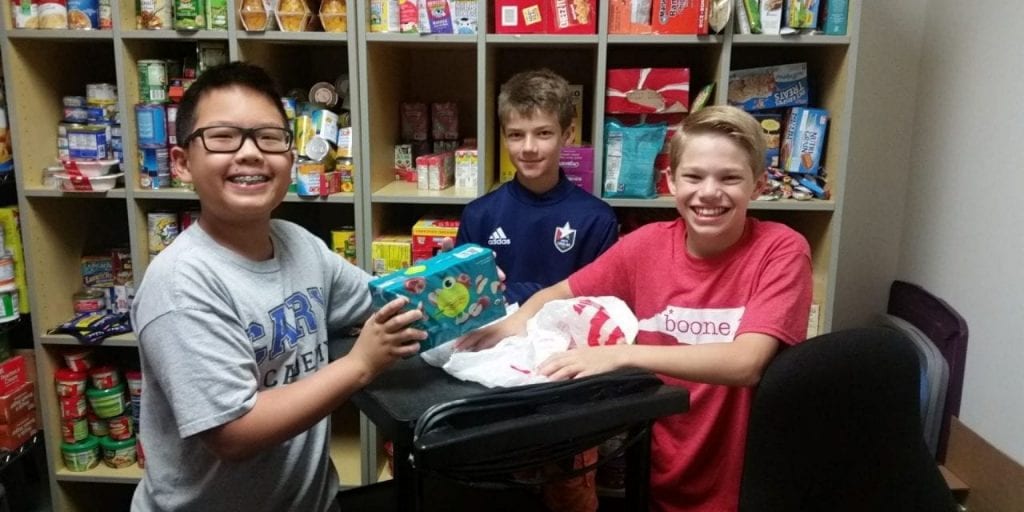


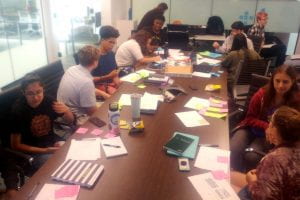
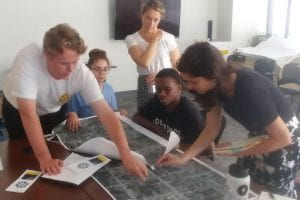
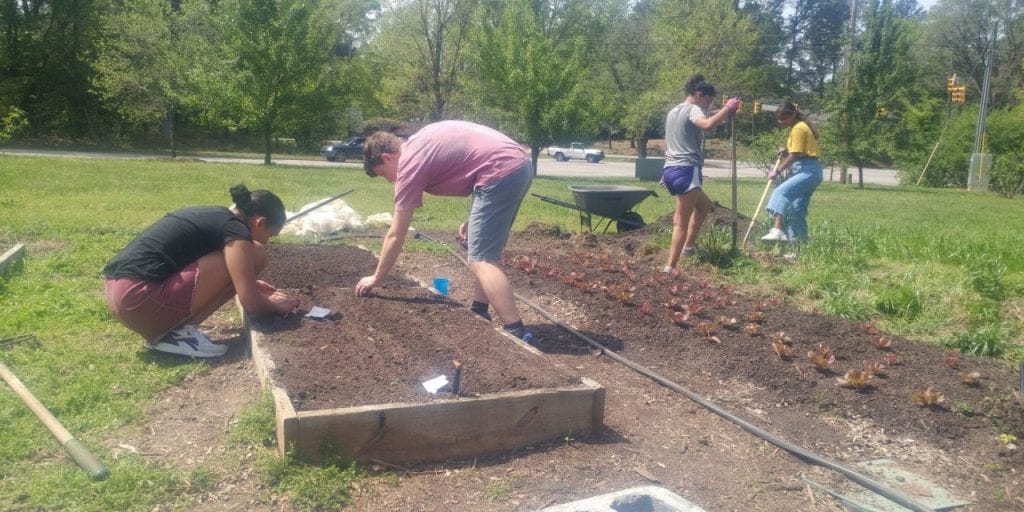
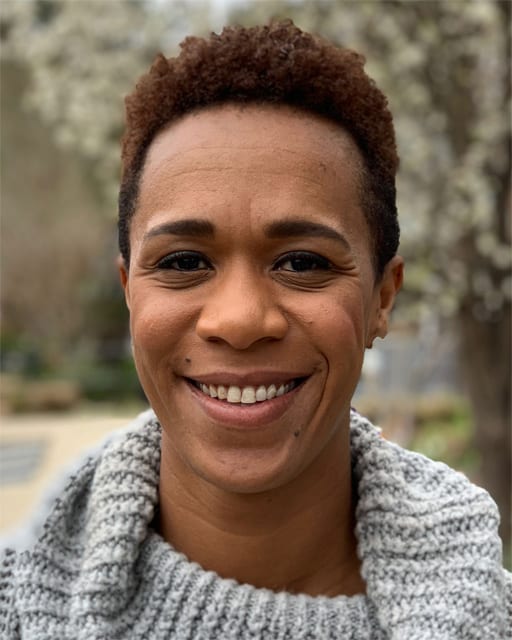
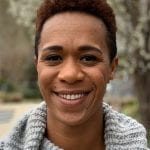 We are pleased to announce that Danielle Johnson-Webb will be joining Cary Academy as our new Director of Equity and Community Engagement in July. Her hire concludes an exhaustive and highly competitive search that stretched across the country.
We are pleased to announce that Danielle Johnson-Webb will be joining Cary Academy as our new Director of Equity and Community Engagement in July. Her hire concludes an exhaustive and highly competitive search that stretched across the country.